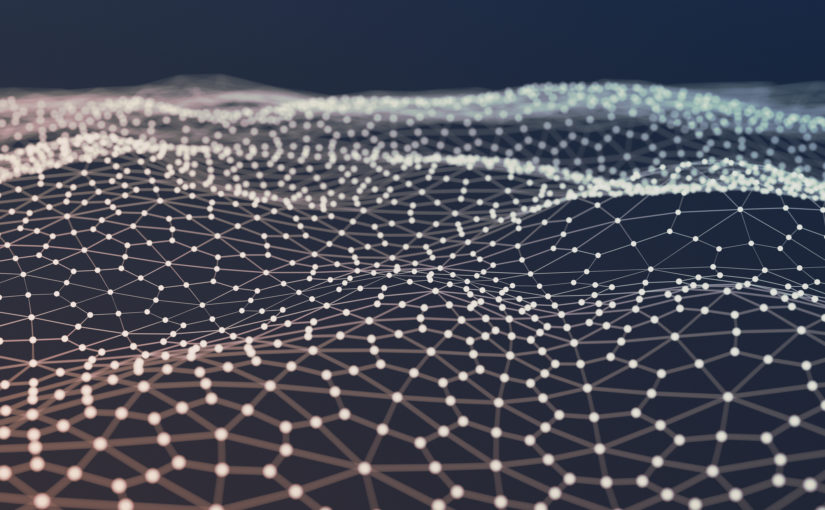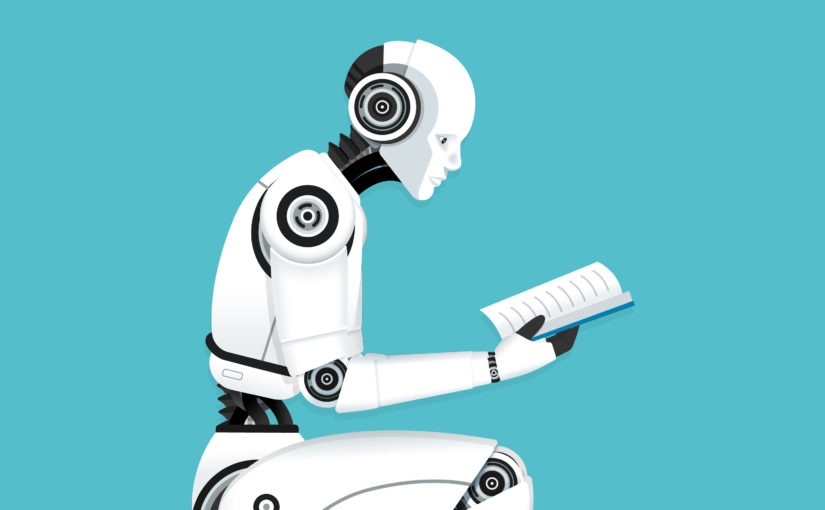The less-obvious, intangible, and yet critical ways design sprints help our clients and our design business
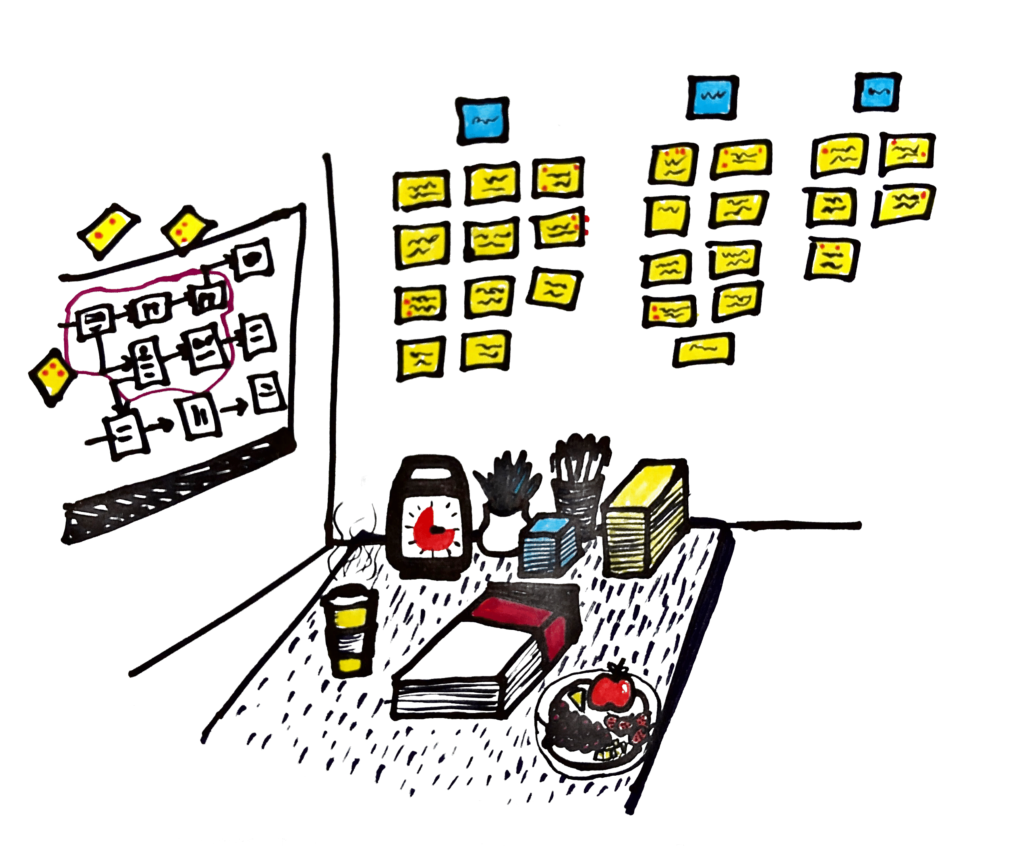
It’s shocking to realize that I’ve been involved with Product and UX Design for the better part of 15 years. It started with one of the leading tech sites in Israel — where I had been a senior editor before joining the design efforts, then continued at Gust.com (then called Angelsoft), one of the very first crowdfunding platforms for entrepreneurs, and from there I joined former Angelsoft COO Ryan Janssen in building SetJam, a smart TV startup which we later sold to Motorola in 2012. After that — I’ve led product design and product strategy projects in New York, California, Europe, and Israel. I’ve worked with dozens of entrepreneurs on designing their MVPs (Minimal Viable Products), raising a total of ~$100M by my last rough calculation.
My approach to new product design was fairly classic: interview users and experts, collect user stories in a massive Google Sheet, lead a ranking exercise (either with the entrepreneur and their team of experts or ideally with actual users), cut as much as possible out, and then quickly wireframe and prototype a solution which can then be validated with users.
Over the past few months, however, me and my partners at Blue Label Labshave shifted into recommending a Google Ventures-Style 5-Day Design Sprint at the start of most projects. We did this for some nontrivial facts about Design Sprints:

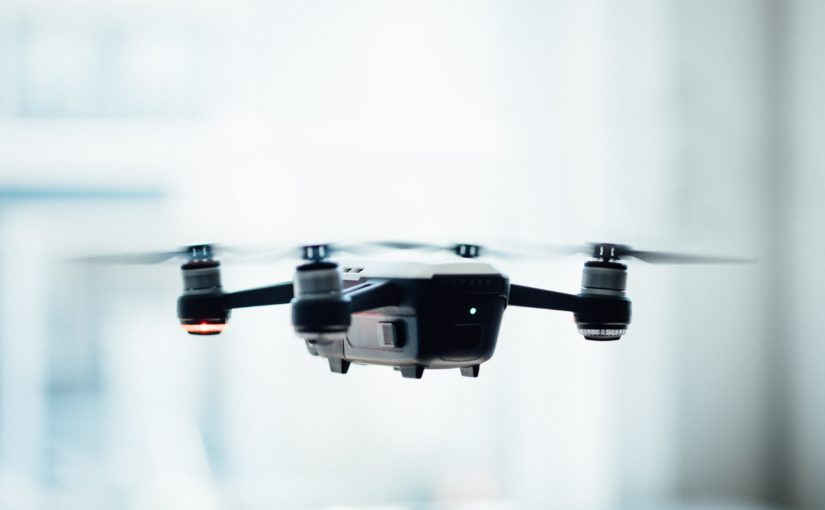

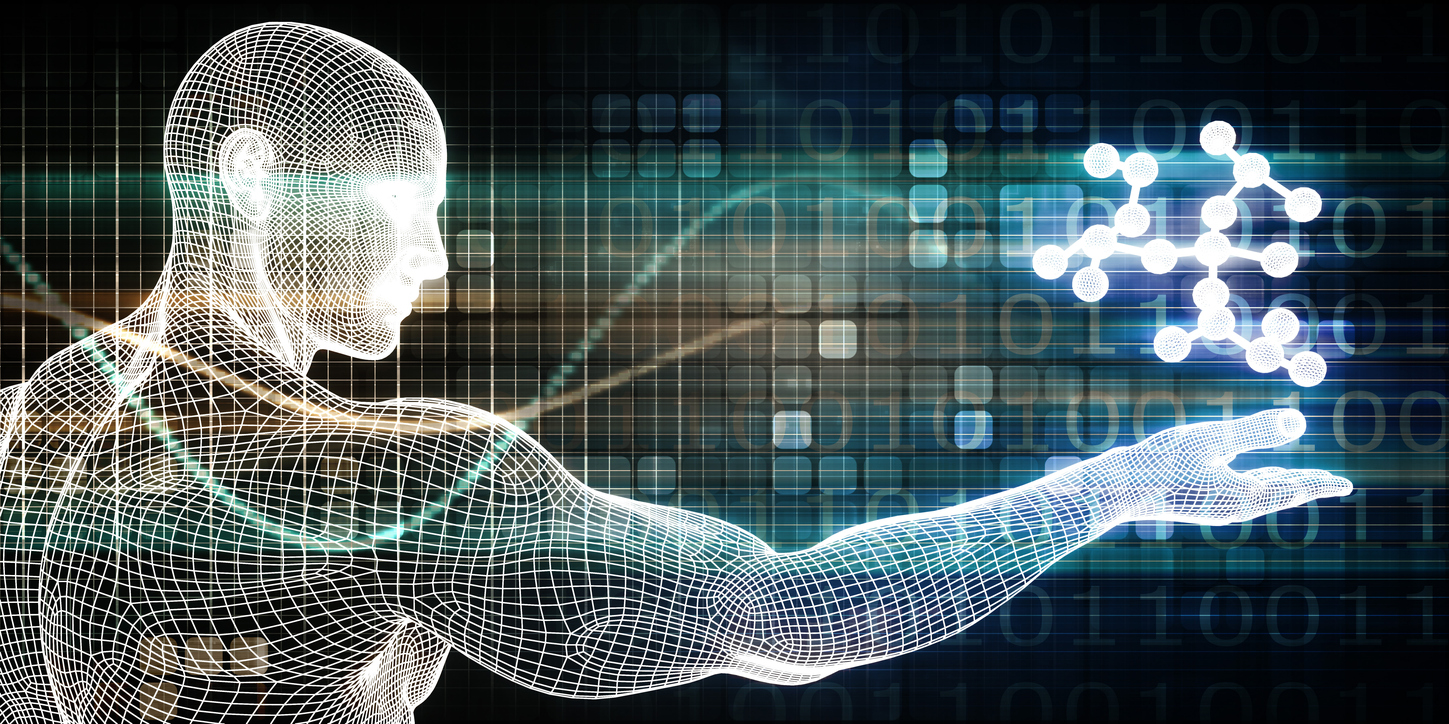
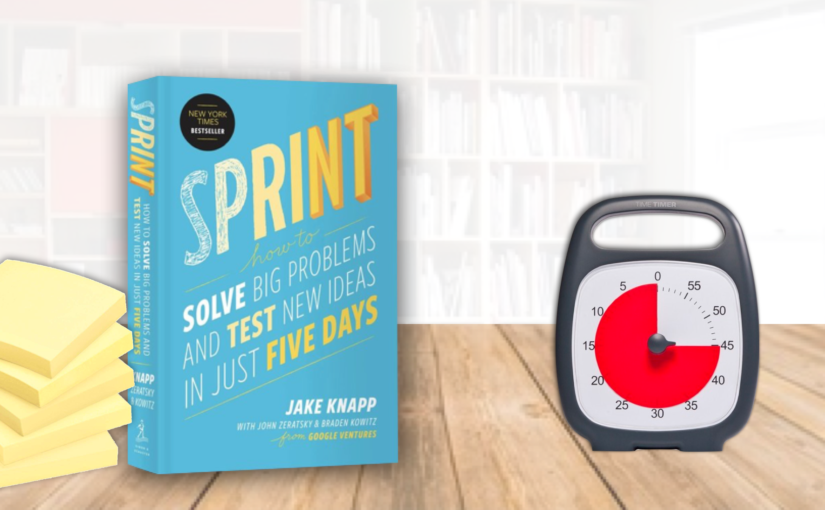
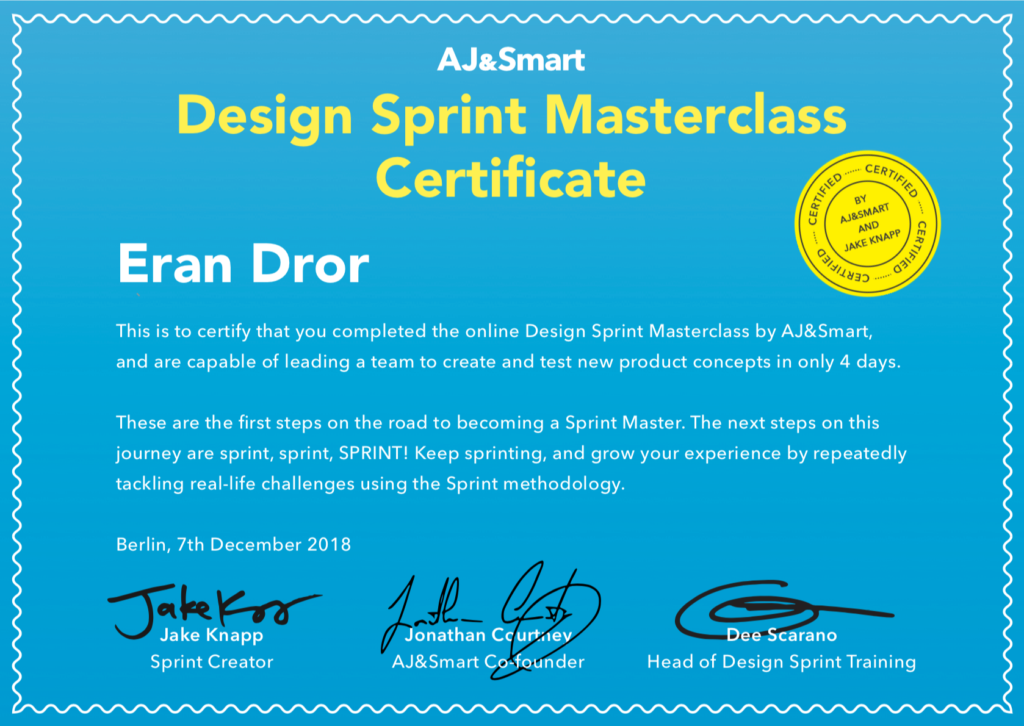
 I’ve also started listening to the very amusing but secretly very informative podcast,
I’ve also started listening to the very amusing but secretly very informative podcast, 